Honey bees (correctly written as two words because this species is a true bee, but sometimes written incorrectly as honeybees) are generally considered beneficial social insects because they pollinate flowering plants and produce honey. However, the sterile female worker bees possess stingers and use them to defend their colonies.
When honey bees sting, their barbed stinger remains in the victim and the poison sac is ripped from the end of the abdomen when the bee dislodges, resulting in death to the worker bee.
When removing bee stingers, grab the stinger from the base or use a card to pull the stinger out in such a way not to squeeze the poison sac that would result in more venom being injected.
Individual worker European honey bees (EHB) and Africanized honey bees (AHB) are almost indistinguishable. For proper identification a series of worker bees from a suspected hive must be collected and sent to a specialist for accurate identification.
Africanized honey bees, commonly called “killer bees,” migrated northward from South America, arriving in Texas in the early 1990’s and have since spread over much of the state. They are known to be highly defensive compared to the domestic European honey bee strain. However, they are both the same species, Apis melifera, and some European honey bees are equally defensive. At this point, the conservative approach is to assume that all honey bees encountered may be Africanized at least to some degree.
Humans encountering disturbed bee colonies are at risk of attack and multiple stinging incidents. Confined livestock and pets are also at risk.
Honey bee swarms are occasionally encountered. However, bees in swarms are generally less defensive because colonies are not producing brood (eggs, larvae and pupae) and are merely searching for a new nesting site. Do not disturb swarms. Keep away and allow them to travel on to their new homes.
Nesting bees produce wax honeycomb colonies or hives and are defensive when the developing bees being produced are disturbed or threatened. Avoid disturbing honey bee colonies nesting in the landscape, such as a hive in a drain pipe (see photo).
Honey bees can nest in almost any cavity and sometimes even produce nests in the open. Be alert for the sound of worker bees flying in and out of openings in tree trunks or other potential nesting sites and notify others who may be at risk in those areas.
When bees nest in wall voids, contact people experienced in bee removal. Bees leave a scent where they nest, potentially attracting new colonies in the future. Thus, carpentry work will be required to remove the hive and prevent nests from reoccurring. (see photo)
The best way to avoid honey bee nests in the landscape is to remove or repair any potential nesting sites before honey bee swarms discover and colonize them.
Related
- Honeybees In and Around Buildings (Agrilife Bookstore publication)
- Honeybee Swarms (Insects in the City)

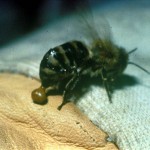
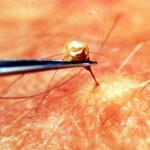
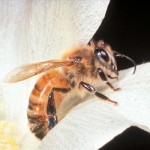
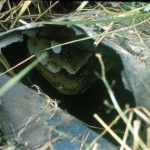
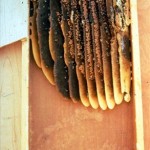
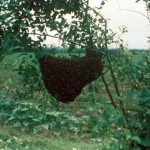
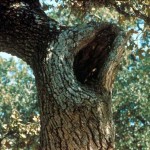
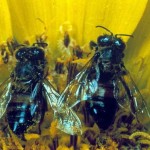

Pingback: Bee Farmers Association Uk | BeeKeeping Advice